Top 15 Attractions in Tokyo (2024)
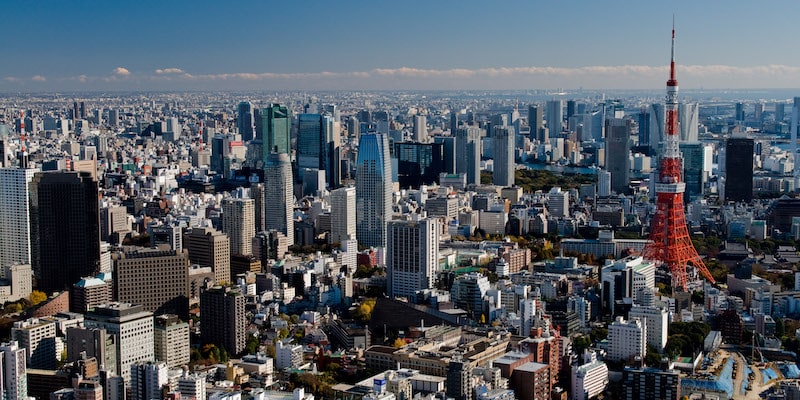
As the capital of Japan, it’s no wonder that Tokyo is one of the largest cities in the world. Located on the eastern coast of Honshu, it has just under 14 million residents in its metropolis. While you might feel overwhelmed by visiting such a place, it’s sure to keep you entertained for weeks on end. In no particular order, here are the 15 best attractions in Tokyo!
1. Imperial Palace
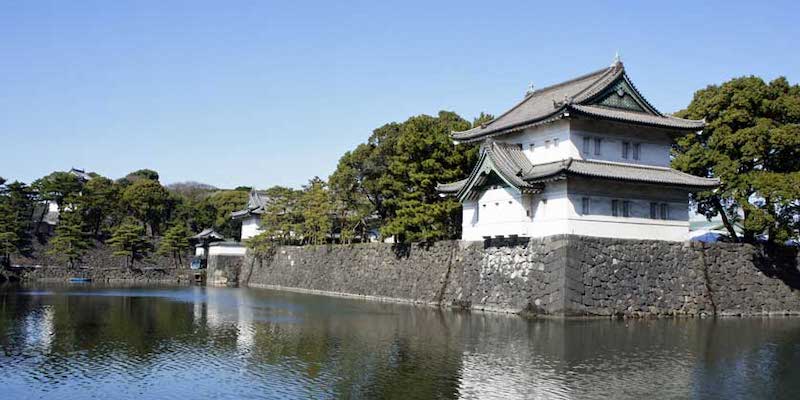
The Imperial Palace is located just a short walk from Tokyo station and is the residence of the Imperial Family of Japan. It’s located on the former site of Edo Castle which was the home of the Tokugawa shogun who ruled Japan from 1603 to 1867. Although the palace was destroyed during World War II, it was rebuilt in the same style. It attracts tourists of all types due to its tie to Japan’s history.
2. Meiji Shrine
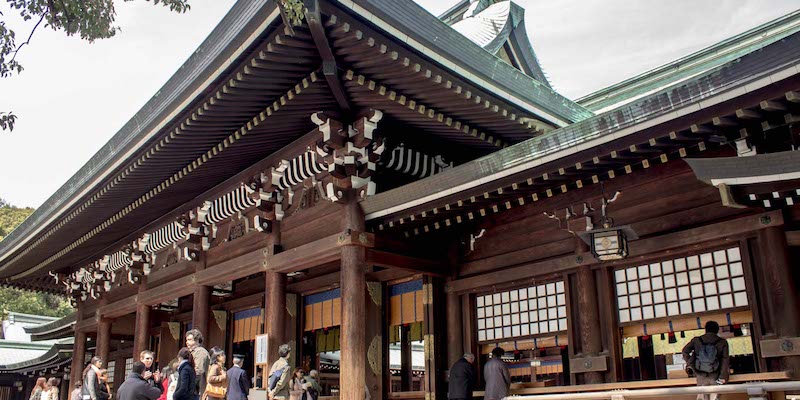
The Meiji Shrine is a shrine that is dedicated to Emperor Meiji and his consort, Empress Shoken. It was completed in 1920, destroyed during World War II, and rebuilt shortly after. The Meiji Period was the period in which Japan modernised and started to become a significant power.
It is located near the southern entrance of Harajuku Station and the northern entrance near Yoyogi Station. Once you exit, it will only be about a 10-minute walk. It is one of the most popular attractions in Tokyo (and also Japan) whereby it can attract as many as three million visitors in as little as three days. For the 100th anniversary of the shrine, it is undergoing renovation but it will still be open for visitors.
3. Sensoji Temple
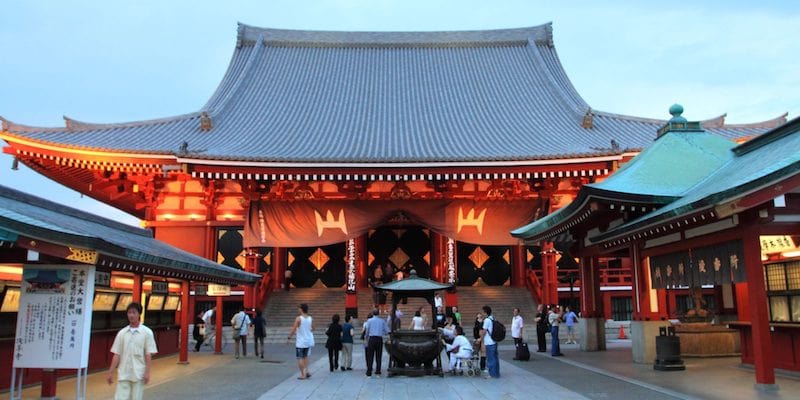
The Sensoji Temple is a Buddhist temple that is immensely popular, and its completion in 645 makes it Tokyo’s oldest temple. The temple itself is colourful and the first two gates are separated by a large shopping street. You can make a visit to the Sensoji Temple an all-day event. If you’re visiting Tokyo in May, make sure you attend the Sanja Matsuri festival which is the most significant event held at the temple.
4. Tokyo National Museum
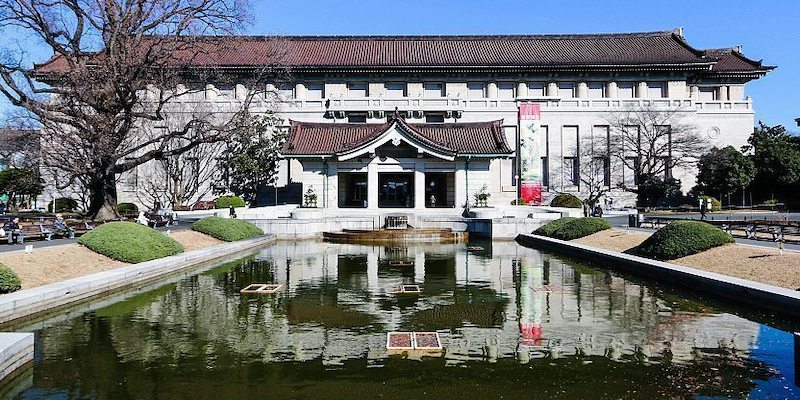
The Tokyo National Museum was first established in 1972 making it the oldest of Japan’s leading museums. It is also the largest out of all the museums at this level. The museum’s collection includes around 11,000 items with hundreds and hundreds of national treasures, is a delightful treat for anyone that loves history. English audio guides are available which makes the experience all the more enriching.
5. Tokyo Skytree
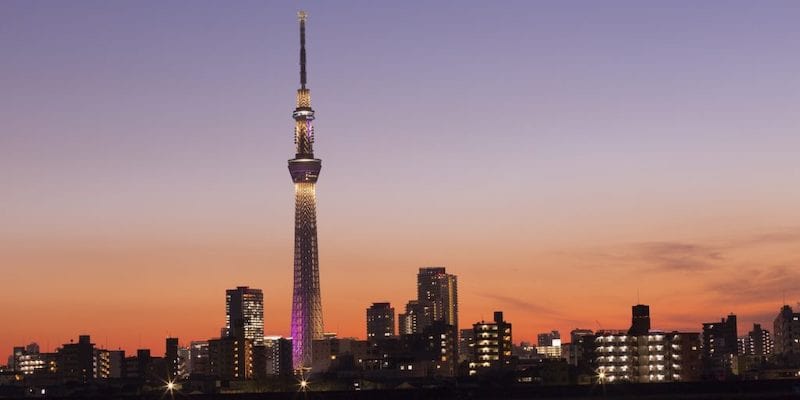
As one of the main attractions in Tokyo, the Tokyo Skytree is much more than just a television broadcast tower. It has become a centrepiece of the area it resides in, the Sumida City Ward. It is now the tallest structure in the city at 634 meters (it beats out the Tokyo Tower by quite a bit). You can head up to either of its two observation decks when you go see the Skytree. There is a souvenir shop, restaurant, and best of all a 360-degree view. Orient yourself when you first arrive in Tokyo and head to the top!
6. Yanaka
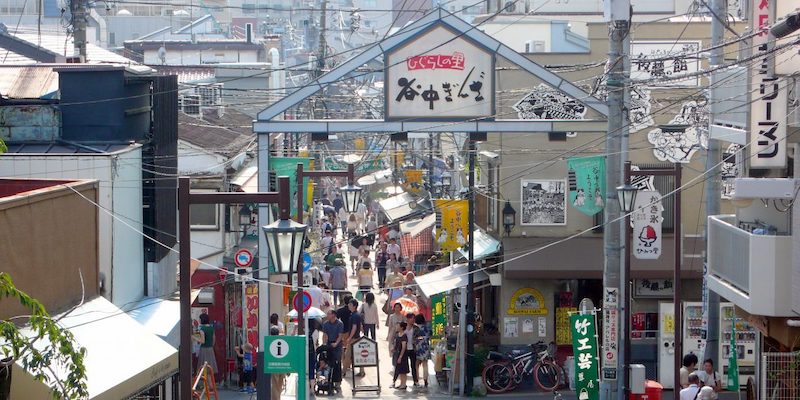
Yanaka is another neighbourhood worth visiting. The shitamachi, or an old town, vibe still exists there, and thus it offers a different type of tourist experience than visitng other places in Tokyo. Snacks, trinkets, finger foods, and more are sold in the area which means you can browse and meander while taking it all in. This is the perfect activity for a more laidback morning or afternoon, but it will certainly help you understand the different areas of the city.
7. Nezu Shrine
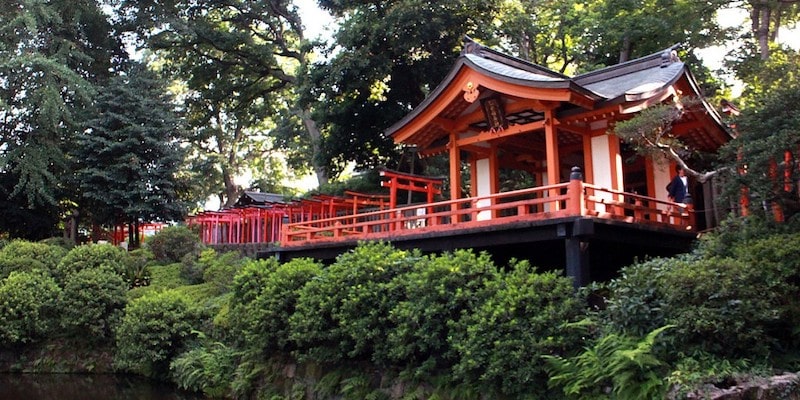
Another not to be missed Tokyo attraction spot is the Nezu Shrine. This shrine is one of Tokyo’s oldest and most beautiful shrines. If you’re in Tokyo in the spring, be sure to make time for this. The azaleas bloom and the beauty is unbelievable. Some of the other sights to see in the shrine include greenery, pathways with arches, coloured, wooden structures, and ponds with carp.
8. Hiroo
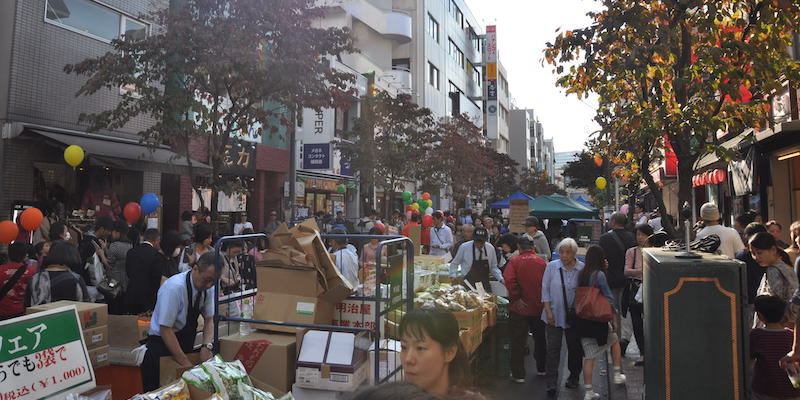
Hiroo is not necessarily one single attraction but an area to visit in Tokyo. This is a relatively new and trendy area that is becoming known for great food. Unlike other busier areas, Hiroo is not yet packed with tourists. Add Hiroo to your list and find some of the hidden food attractions in Tokyo that you wouldn’t otherwise discover.
9. Yayoi Kusama Museum
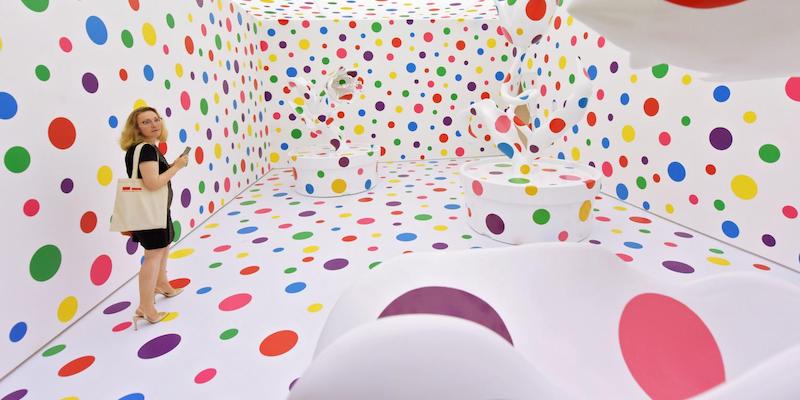
Yayoi Kusama Museum was founded by an artist of the same name. The museum was created to display her works as well as related works. Kusama was an avant-garde artist and the museum is a unique opportunity to understand her vision as an artist. It is through the arts that Kusama is sharing the message of world peace and love for humanity.
10. Arashio-beya
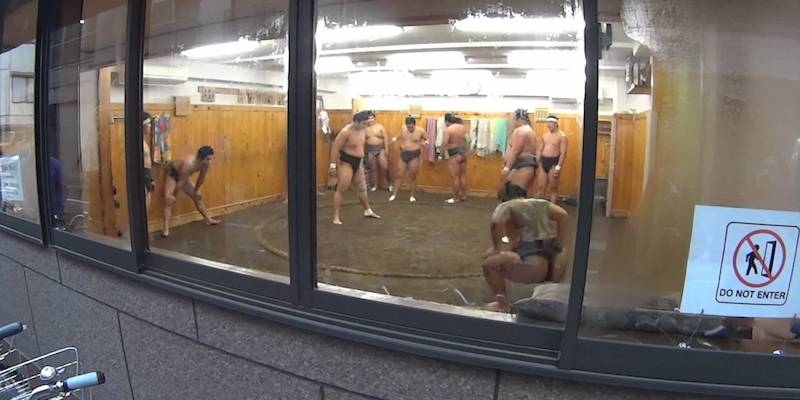
Head to Arashio-beya in the area of Hamacho for sumo practice viewing. This is a fun and cheap way to get an authentic Japanese experience! They practice on most mornings except in March, July and November but you can always call to confirm the practice times before going there if you want to make sure you’ll be able to go. A practice viewing is an easy and inexpensive alternative to purchasing sumo wrestling tickets.
11. Tsukiji Honganji Temple
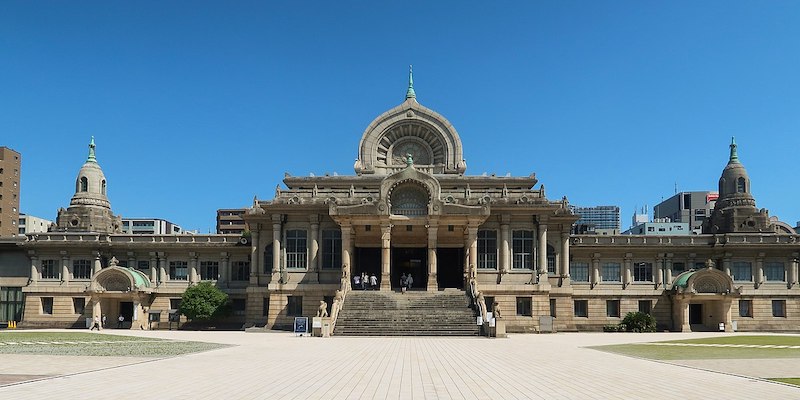
The Tsukiji Honganji Temple is a temple with a rich history. It was originally known as the Edo-Asakusa Gobo temple and built in the year 1617. After the temple was destroyed in a fire 1657, the shogunate refused to allow it to be rebuilt in Asakusa, hence it was relocated to Tsukiji. It was again destroyed in 1932 by the Great Kanto earthquake before being rebuilt to its curent form.
Tsukiji Honganji Temple’s architecture is inspired by South Asian temples. Despite that, it has some western influence in the temple. There is the stained glass window at the entrance of the hall (commonly associated with churches) and also a pipe organ designed by a manufacturer from the then West Germany. Not only that, there is a monthly pipe organ concert!
12. Inokashira Park
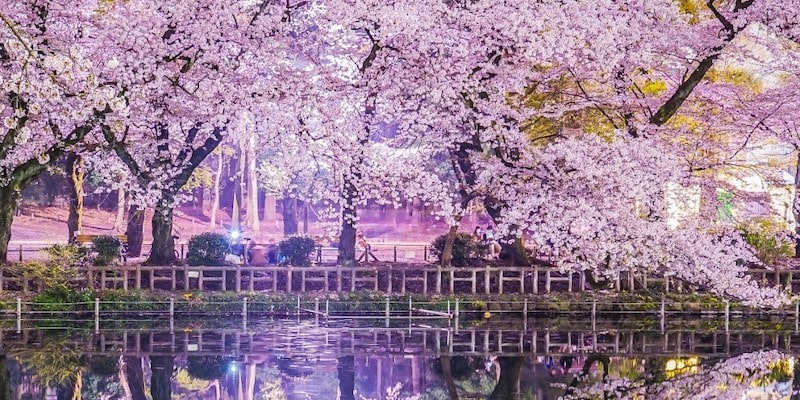
If you’re looking for green space, Inokashira Park is one of the most beautiful Tokyo attraction spots and unsurprisingly, a place that the locals love to visit. Here you can use the recreational facilities provided, row a boot in its lake, take a stroll in the garden and/or pay a visit to the museum. Book your tickets as soon as you book your trip to ensure you get to experience it as it’s often booked out far in advance.
13. Nakamise
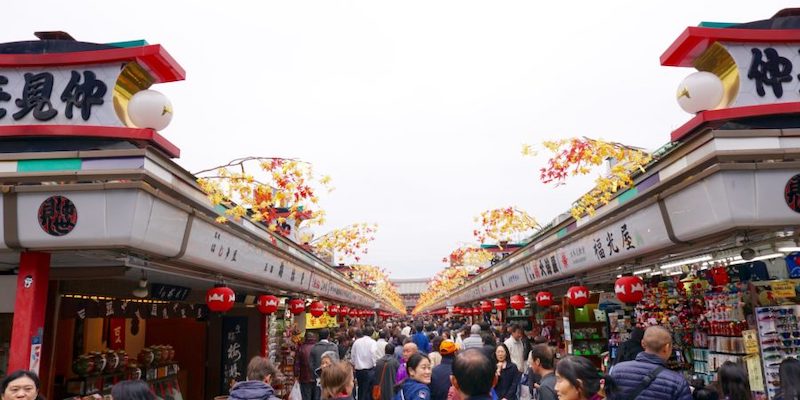
Nakamise Shopping Street is one of the best places to visit in Tokyo, especially if your yen is burning a hole in your pocket. Great snacks and excellent souvenirs can be found here. Among some of the delicious snacks that you can purchase here are Ningyo Yaki (sweet cake filled with red bean paste) and Kaminari Okoshi (sweet puff rice crackers). The best part is that Nakamise Shopping Street is only a few steps away from Asakusa station.
14. Tokyo Tower
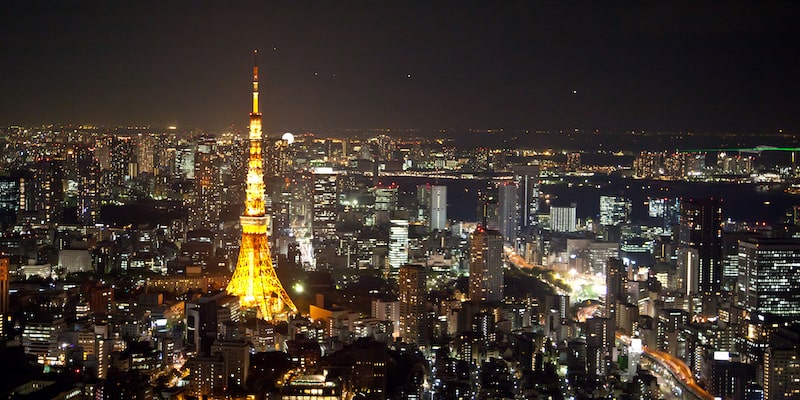
Tokyo Tower may be modelled off of the Eiffel Tower, but it beats it in height. It’s 13 meters taller than its Paris model, which makes it a total of 333 meters tall and the tallest, self-supported steel tower in the world. It symbolises Japan’s growing economic power after the war, and it was the country’s tallest structure until it was surpassed by the Tokyo Skytree. Like the Eiffel Tower, this tower has more than one observation deck as well as a location for refreshments and souvenirs.
15. Hachiko Statue (Shibuya Station)
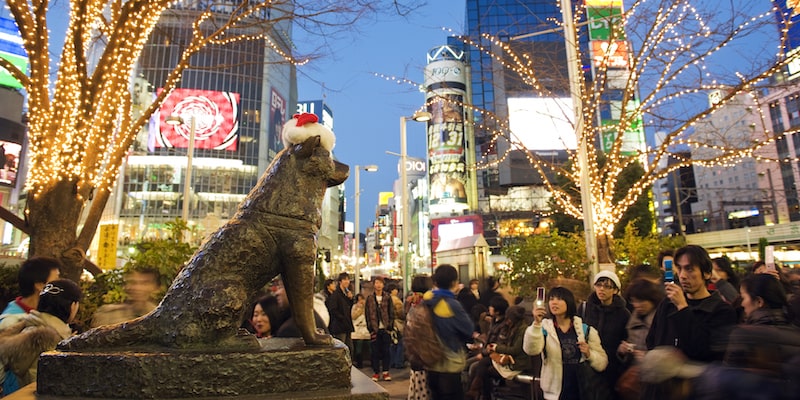
The Hachiko Statue is another popular tourist attraction in Tokyo. It is a bronze Akita pet dog statue located right in front of Shibuya station. The dog belonged to a professor in the early 1920s, and he would wait at the station for his owner to return from work as part of their daily routine. Although the professor died in 1925, the dog continued to wait at the station for him to return for nearly 10 years until its own death.
He is remembered by his statue and is one of the most photographed spots in the area. The statue represents loyalty and it’s one of the places that you should visit in Tokyo.
The main attractions in Tokyo are a combination of temples, shrines, museums, and landmarks which mark its history and smaller areas that showcase its diversity. Try to see and experience as much as you possibly can while you’re visiting the city, and you’ll be sure you’ve visited some of the best places in Tokyo.
